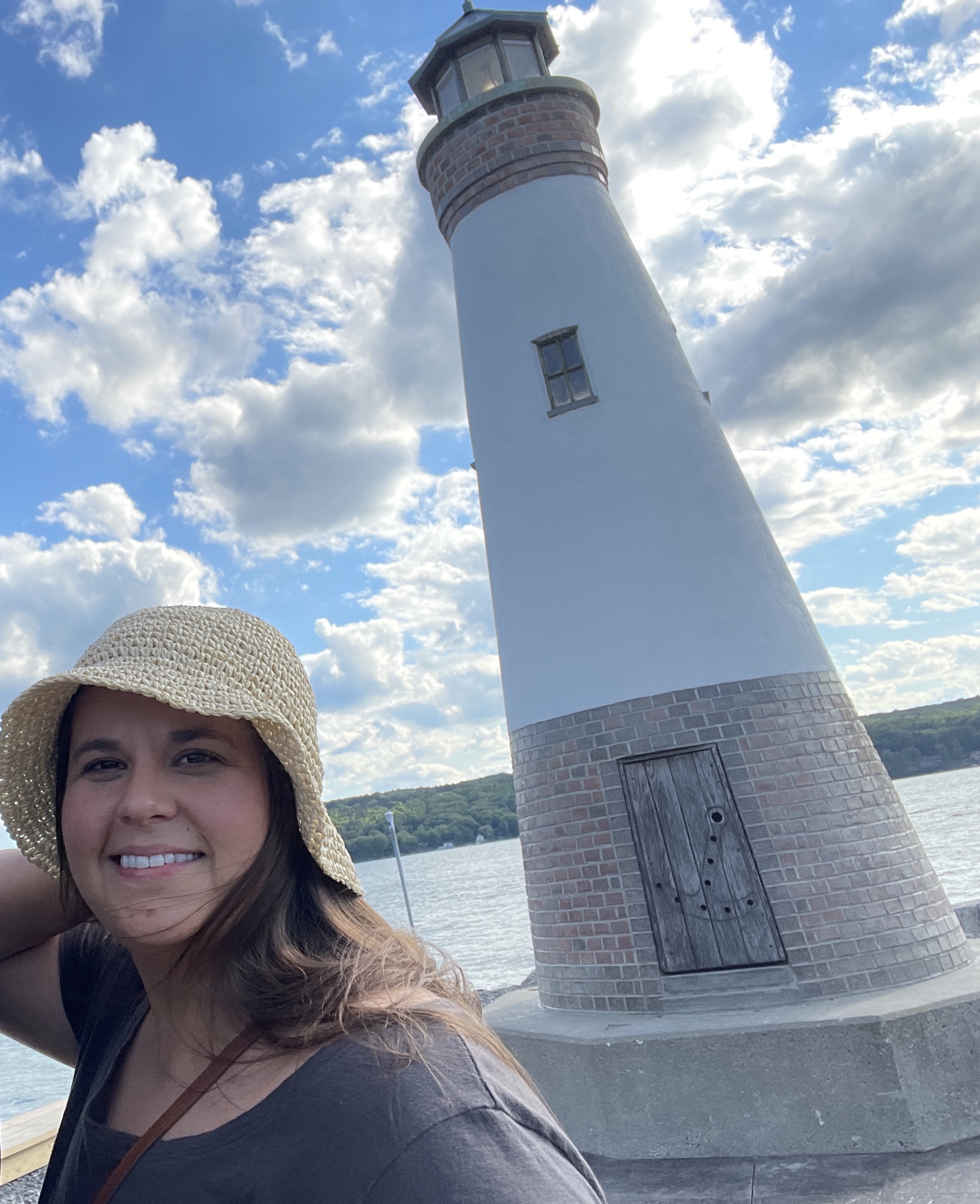From Clouds to Streams: A Process-Oriented Exploration of Indigenous Research
Main Article Content
Abstract
Indigenous research seeks to bring worldview and relationality1 to the forefront of our work. While metaphor and imagery are widely encouraged within Indigenous storytelling,2 the concept is relatively novel within academic circles. This process-oriented presentation draws on a powerful metaphor describing the untold phases of Indigenous research: time spent looking to the clouds, dancing for rain, and wading into streams.
In this offering, we will explore the natural cycle of water and its kinship to an Indigenized research process. Symbolically, water is a central force in Indigenous worldviews and an essential element of life. This symbol translates seamlessly to describe aspects involved in our research processes, including the collective mind and sacred knowledge, the role of water in sharing, cleansing, healing, and sustaining, and its place in renewal, nourishment, growth, and integration.
This exploration provides a strong rationale for the inherent value of attending carefully to the research process as equal to its outcomes. This presentation will also re-assert the crucial inclusion of metaphor and storytelling in Indigenized academic research and their immense potential for knowledge transmission within the academy and the community.
“From Clouds to Streams: A Process-Oriented Exploration of Indigenous Research” lends itself fluidly to each of the proposed symposium themes of Centering Indigenous Paradigms, Knowledges, and Research Practices; Renewing & Reimagining Knowledge Transmission: Past, Present, Future; Nurturing the Relationship between Community and Research; and Embodying & Actioning Interventions through Indigenous Research.
1 Shawn Wilson. Research Is Ceremony: Indigenous Research Methods. (Blackpoint: Fernwood Publishing, 2008), 84-96.
2 Jo-ann et Archibald et al., eds. Decolonizing Research: Indigenous Storywork as Methodology. (London: Zed Books Ltd., 2019), 1-13.
Article Details

This work is licensed under a Creative Commons Attribution-NonCommercial 4.0 International License.

